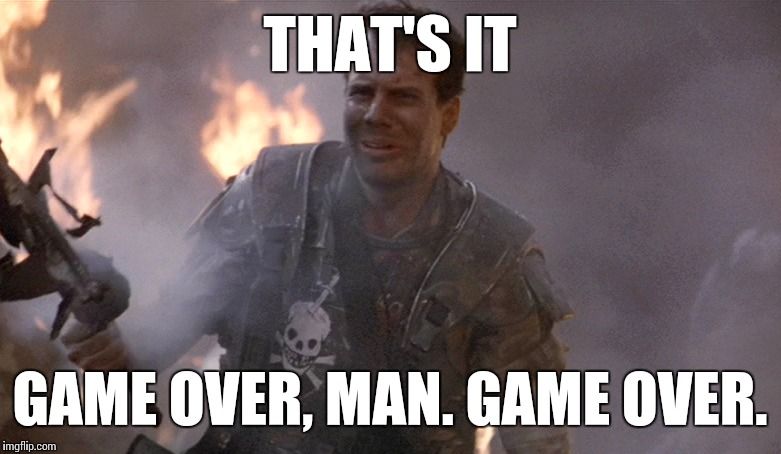At least, that’s how the week between my first night at chess club and the next meet felt.
I know that I am the weakest player in the room, but my hunger to be on the receiving end of another beat-down and to learn from it is almost palpable.
In Round 2 of Endless Summer, I was paired with Henrick; a top bloke and solid chess player.
This was the second week in a row I’ve played Black in my pairing and it made me realise how unprepared I am to defend accordingly.
So far, I have focused on developing quickly and classically towards the centre to enable an early castle.
1.Nf3
So, my general level (beginner) on chess.com doesn’t open with such witchery. I am instantly on the back-foot as I floundered for the correct response. I *wanted* to play e5, but I knew that would instantly create a hanging piece.
1… d5
After some consideration, I play d5. It still develops classically towards the centre, but I can defend the piece. (HIARCS GM+ + online book tells me that the best response was Nf6!)
2.g3
I don’t know the opening, so I don’t know if this is on or off book. So, I think about what White’s intentions would be. If he is creating space for his bishop on f1, then I figure it must be to facilitate an early castling through 3.Bg2 as 3.Bh3 would leave the piece hanging for 3…Bxh3.
2…Nc6 3.d4 e5 4.dxe5 f6
I knew I was down a piece, but I didn’t want to take back with my knight on c6, as that would lead to 5.Nxe5 and I would be down four points in material.
Two is better than four.
5.exf6 Nxf6
Despite the loss of material, I felt comfortable with my development advantage towards the centre of the board.
6.Bg2
White develops his final piece kingside, to enable castling and doubles-down on his defence of his knight on f3.
6…Bb4+ 7.c3 c5 8.O-O Bf5?
I played this move to develop towards the centre, with the rationale that it placed pressure on White’s knight on b1. But, in doing so I created a hanging piece and a stepping-stone to my undoing.
A better move would’ve been Bd7 or Be6.
9.Nbd2 Qe7 10. Re1 O-O-O
Coordinating my rooks.
11.b4 Bb6
This move took my bishop to safety, ensured it was defended and maintained pressure on f2, while my pea-brain did somersaults trying to work out how to get my queen onto f2.
But in hindsight, it really put the bishop at risk of being trapped by White’s a-pawn.
12.a4 Ng4 13.e3 Nce5 14.Nd4 Nd3.
I was happy with this move. I had found a hole for my knight and I was hoping that the threat from the fork would distract White from my planned 15…Ngxf2 placing his queen under attack.
One way or another, I was confident I was walking out of the exchange with fists full of material… Or, at least *some* material. My heart is pounding so hard that I am sure my opponent can see it physically moving my shirt.
But, White was not to be so easily distracted, and was nearly instantaneous in his response, playing
15.Nxf5
Only, he used the my knight on d3.
This resulted in a bunch of confusion and distraction as observers commented and pieces were returned but in the slightly wrong places. It took a moment or two to get the pieces sorted out and I quickly played
15…Ngxf2??
Too quickly. Waaaaay too quickly.
Argh!! Distracted by move 15 and being way to focused on my planned continuation, I didn’t analyse his move. I don’t think it even really registered. Until he played
16.Nxe7+!
In my head I was rhyming “firetruck, firetruck, fluffy duck” long and loud. Repeatedly. This was my big lesson of the week.
16… Kb8 17.Qe2 Nxe1 18. Qxe1 Rhf8 19.a5 Bxe3
Not a great move, but the wheels had fallen off and White’s pawn structure had effectively removed any and all option of saving the bishop.
20.Qxe3 Rf7 21.Qc5 Re8 22.Nc6+ bxc6 23.Qxc6 Re1+ 24.Nf1 Nh3+ 25.Bxh3 Rf6 26.Qd7 Rf8 27.a6!

27…R3xf1 28.Bxf1 1-0
Wow. I had felt so strong for the first 14 moves and then it all tumbled away in a heartbeat.
I knew that my big lessons for the week were to:
- Take my time. Don’t rush moves. Don’t play pre-planned moves without fully assessing each move my opponent has played.
- Don’t hang pieces.
After Henrick beat me, we stepped away from the other players and their games that were still in progress to have a chin-wag in the hall. Henrick was very generous in his comments about my early game and asked how long I had been playing. (Pretty sure he could tell my answer was going to be “two minutes”). Henrick had played his first tournament in 1970 and spent some time reminiscing about the changes in the game and sharing a few old chess war stories with me.
I liked him a lot.
As I drove home, I replayed the game in my head, pleased that, despite losing, I had played a better game than the week before. I had learned a hard lesson, but there were times I know I had foreseen threats that I wouldn’t have the week before and that I had responded in ways that forced White to re-adjust their plan. I struggle to find it in the game annotation now, where hindsight makes so many other mistakes apparent, but I felt it on the night.
It’s minor stuff, but it’s progress and progress makes me happy. Bring on this week’s round.
